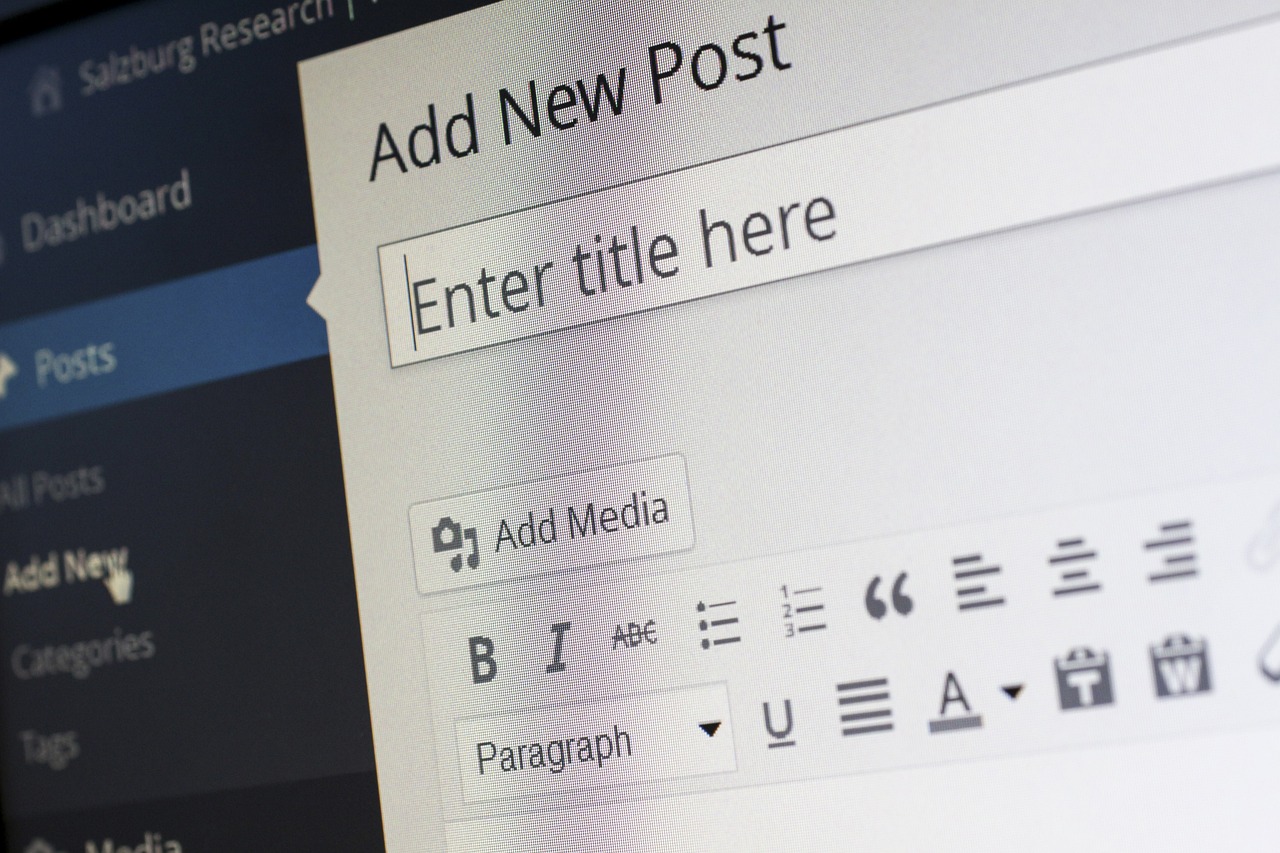A Guide to Boost Your Website’s Visibility
Intro to SEO Headings
In the vast realm of search engine optimization (SEO), every detail counts when it comes to improving your website’s visibility. One crucial aspect often overlooked is the proper structuring of on-page article headings. By employing effective heading structures, you can enhance your content’s readability, user experience, and SEO potential. In this uplifting and informative article, we’ll explore how to craft compelling headings that not only appeal to readers but also satisfy search engines.
The Power of Heading Tags
Heading tags, such as H1, H2, H3, and so forth, provide a hierarchical structure to your content. Search engines rely on these tags to understand the importance and relevance of the information within each section. By utilizing the appropriate heading tags, you signal the organization of your content to search engine crawlers, positively influencing your website’s SEO.
Start with the H1 Tag
The H1 tag is the most important heading on your page and should reflect the main topic or focus of your article. It serves as a concise summary of what your content is about and is typically the first thing readers see. Make sure your H1 tag is unique, descriptive, and contains relevant keywords, as search engines use it to understand the main theme of your page.
Utilize Subheadings (H2 and Beyond)
Subheadings (H2, H3, etc.) break down your content into logical sections, making it easier for readers to navigate and comprehend your article. From an SEO perspective, these subheadings provide search engines with valuable context and improve the crawlability of your content. Craft meaningful subheadings that summarize the content within each section while incorporating relevant keywords.
Keyword Placement and Variations
Keywords play a vital role in SEO, and their strategic placement within your headings can help search engines understand the relevance of your content. Include primary and secondary keywords within your headings naturally, ensuring they align with the overall topic. However, avoid overstuffing your headings with keywords, as this can negatively impact user experience and search rankings. Aim for a balance that feels organic and informative.
Keep It Concise and Clear
When structuring your on-page headings, remember to keep them concise, clear, and relevant. Avoid vague or generic headings that fail to accurately represent the content. Instead, provide specific and engaging headings that instantly capture readers’ attention. By doing so, you enhance the overall user experience and encourage visitors to explore your content further.
Incorporate Questions and Answer Formats
Consider incorporating questions within your headings to cater to users’ search intent. Many people turn to search engines with specific questions in mind. By framing your headings as questions, you demonstrate your content’s relevance to their queries. Additionally, answer formats within headings can entice readers, as they know they’ll find the information they’re seeking within that section.
Use Heading Styling
Styling your headings can make them more visually appealing and help them stand out. Use appropriate font sizes, colors, and formatting to create a visually pleasing hierarchy. However, ensure that the styling remains consistent throughout your website to maintain a professional and cohesive look.
Headings Conclusion
Structuring your on-page article headings in a thoughtful and strategic manner can greatly improve your website’s SEO performance. By utilizing heading tags effectively, incorporating relevant keywords, keeping your headings concise and clear, and considering user intent, you’ll create an uplifting and positive experience for both readers and search engines. Remember, headingtags are not just organizational tools but powerful SEO assets. So, invest time and effort into crafting compelling headings that grab attention, entice readers, and improve your website’s visibility.
With a well-structured heading hierarchy, you create a roadmap for search engines to navigate through your content, ensuring that your key points and valuable information are effectively communicated. Additionally, by providing a user-friendly experience, you increase the likelihood of visitors staying on your site longer, exploring more pages, and ultimately improving your search rankings.

In summary, here are the key takeaways for structuring on-page article headings to optimize SEO:
- Harness the power of heading tags, especially the H1 tag, to convey the main theme of your article.
- Utilize subheadings (H2, H3, etc.) to break down your content and improve readability.
- Incorporate relevant keywords naturally within your headings to enhance SEO value.
- Keep your headings concise, clear, and captivating to engage readers from the start.
- Consider using questions and answer formats to align with user search intent.
- Apply consistent and visually appealing styling to make your headings stand out.
- Remember, the ultimate goal is to create an uplifting and positive user experience.
- By implementing these practices, you’ll not only enhance the search engine optimization of your website but also provide valuable information to your audience in a way that is both enjoyable and easily digestible.
So, take the time to structure your on-page article headings effectively, and watch as your content rises through the search engine ranks, attracting more readers and boosting your website’s visibility. Embrace the power of headings, and let them guide your path to SEO success!
Remember, when it comes to SEO, every detail counts, and by focusing on the structure of your on-page article headings, you’re taking a significant step toward achieving your online goals. So, go ahead, optimize your headings, and let your content shine!


